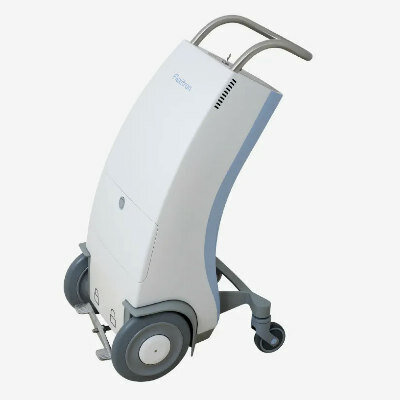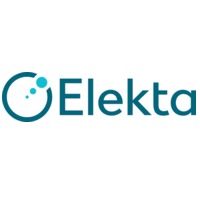Molecular Imaging Reveals Systemic Inflammation Tied to Depression
By MedImaging International staff writers
Posted on 18 Apr 2012
New research showed that systemic inflammation causes an increase in depressive symptoms and metabolic changes in the areas of the brain responsible for mood and motivation. With this new discovery, researchers can begin to evaluate potential treatments for depression for patients that experience symptoms that are related to inflammation in the body or within the brain. Posted on 18 Apr 2012
Multiple studies in lab rats have shown that inflammation in the body has effects on the brain. This has also been demonstrated in a few human studies--both through measurements of behavioral changes and brain imaging--when participants were involved in various computer tasks. The study, however, for the first time measured brain activity when subjects were at rest. The findings were published in the April 2012 issue of the Journal of Nuclear Medicine.
“In the study we used F-18 fluorodeoxyglucose (FDG) positron emission tomography (PET), which can accurately measure glucose metabolism in the brain, to determine which brain regions responded to systemic inflammation. Since the subjects were at rest, the changes we observed in the brain can only attributed to systemic inflammation,” noted Jonas Hannestad, MD0, PhD, from the department of psychiatry, Yale School of Medicine (New Haven, CT, USA), and lead author of the article.
In the study, nine healthy individuals received a double-blind endotoxin (which elicits systemic inflammation and mild depressive symptoms such as fatigue and reduced social interest) and placebo on different days. After administration, F-18 FDG PET was used to measure the differences in the cerebral metabolic rate of glucose in the insula, cingulate and amygdala regions of the brain. Behavior changes were also primarily assessed on the Montgomery-Asberg Depression Rating Scale (MADRS).
A statistical analysis of the findings revealed that endotoxin administration was associated with a higher normalized glucose metabolism (NMG) in the insula and lower NMG in the cingulate compared to the placebo; there was no significant difference in the NMG in the amygdala. Seven of nine subjects had an increase in NMG in the insula and a decrease in NMG in the cingulate, and all nine subjects had a decrease in NMG in the right anterior cingulate, suggesting that systemic inflammation induces basic physiologic alterations in regional brain glucose metabolism. Moreover, the MADRS increased for each subject after endotoxin administration, whereas no significant change was seen with the placebo.
Most researchers agree that depression is not a homogeneous disease, but rather that there are multiple mechanisms that can lead to similar symptoms. “If we can show that a subtype of depression is caused in part by inflammation,” said Dr. Hannestad, “we can test the ability of treatments that reduce inflammation in only patients in whom we believe inflammation plays a role. In the future, I expect that researchers in this field will be able to develop more precise PET measures that can be used to distinguish between, for instance, a person with ‘inflammatory depression’ and a person with another kind of depression. PET could then be used as diagnostic biomarker to separate subtypes of depression and as a therapeutic biomarker to detect the response to treatment.”
Nearly 17% of adults experience depression at some point over their lifetime, with 30.4% of cases classified as severe, according to the US National Institute of Mental Health. Fifty-seven percent of adults with depression report receiving treatment in the past 12 months, although 37.8% receive minimally acceptable treatment.
Related Links:
Yale School of Medicine














